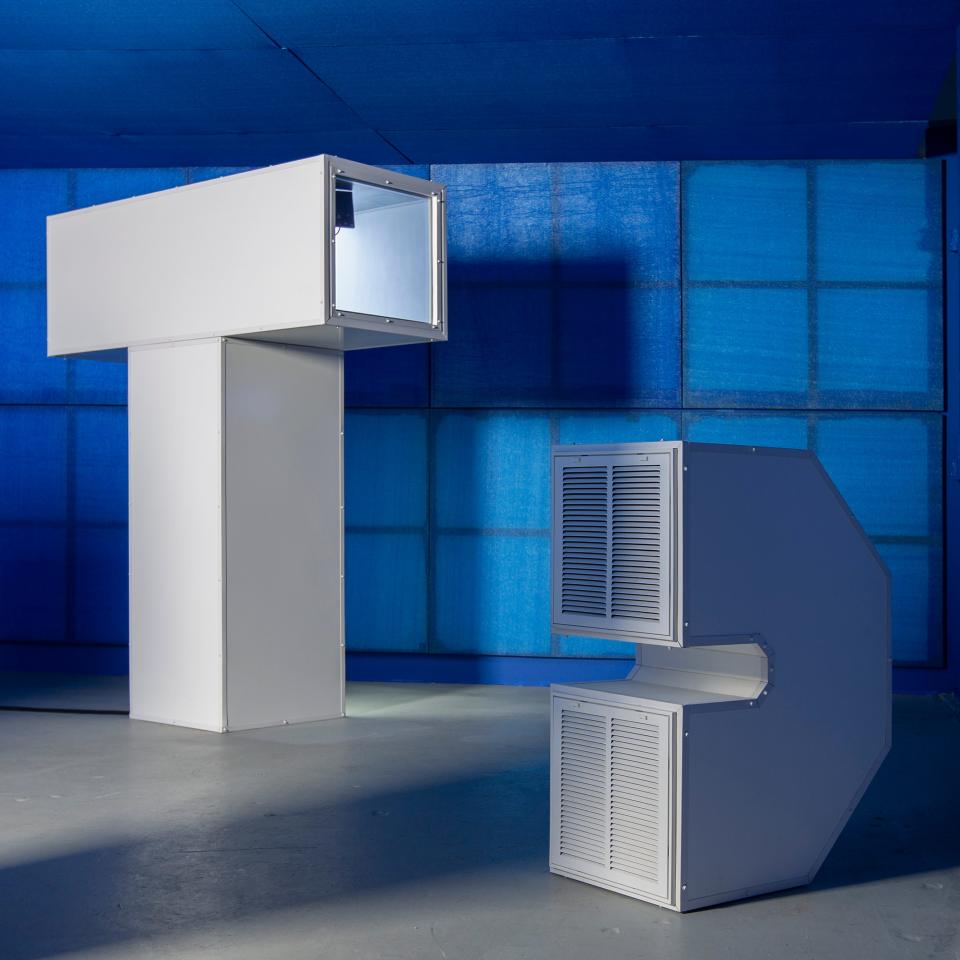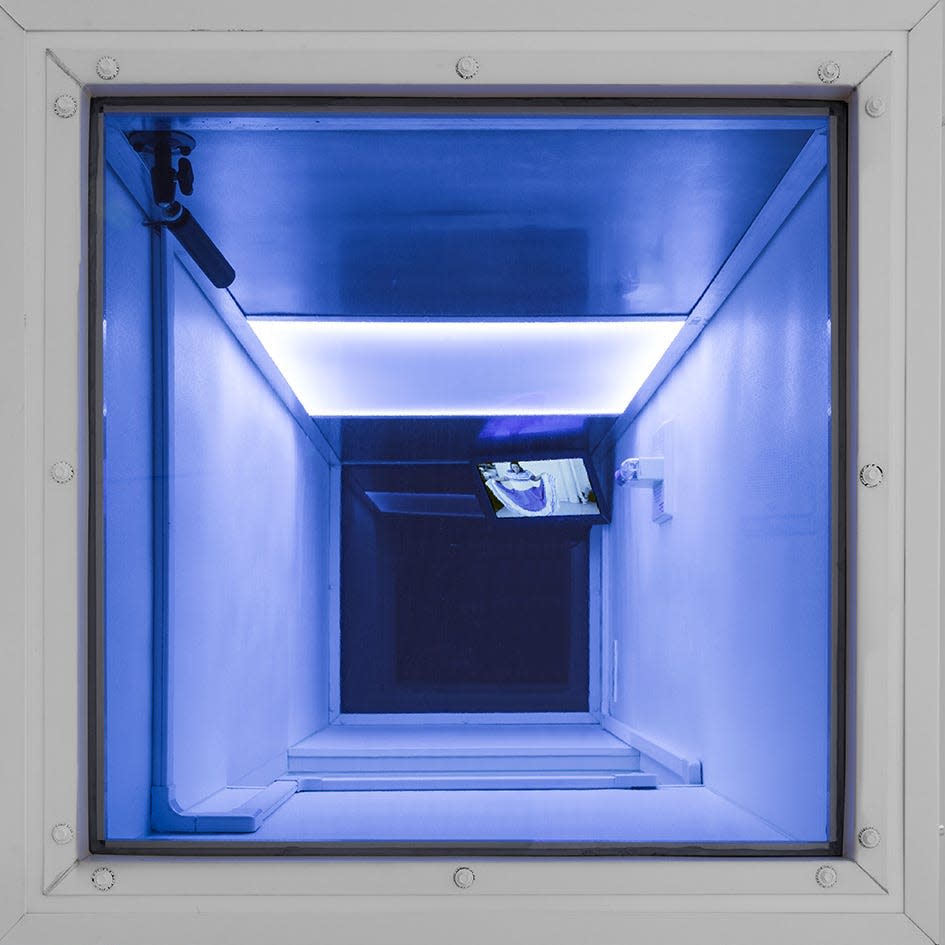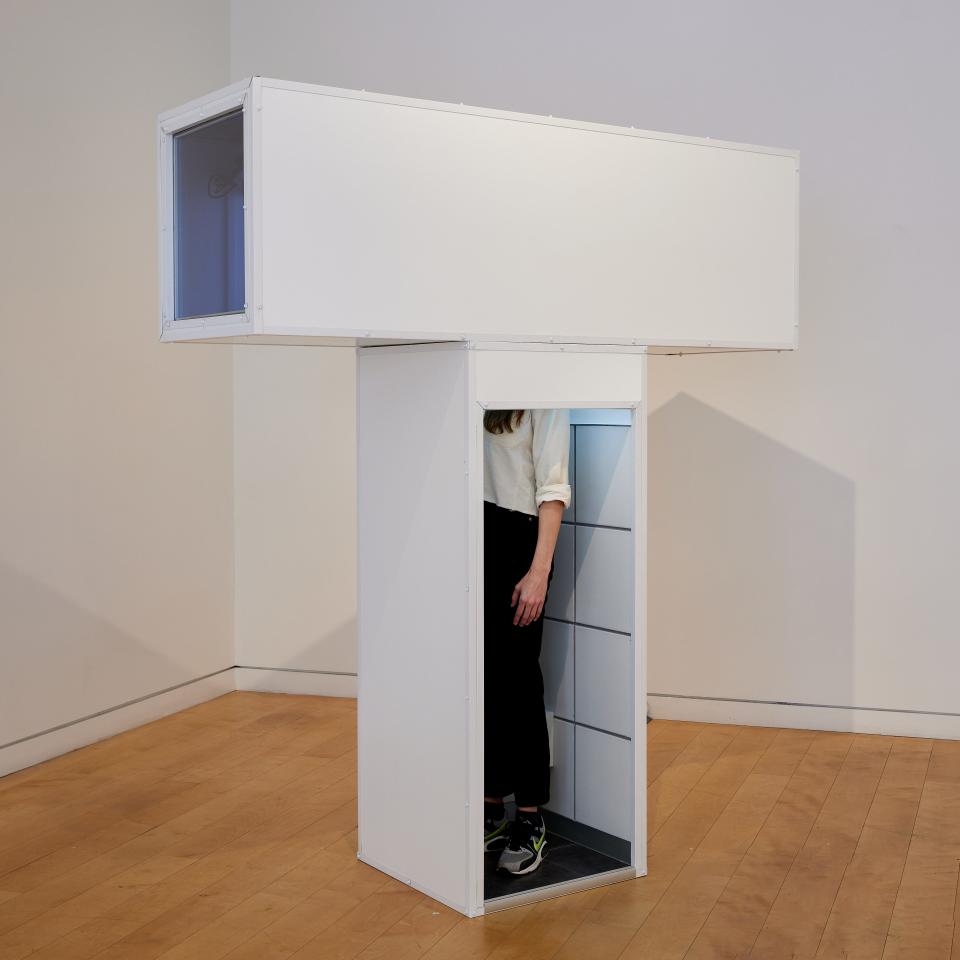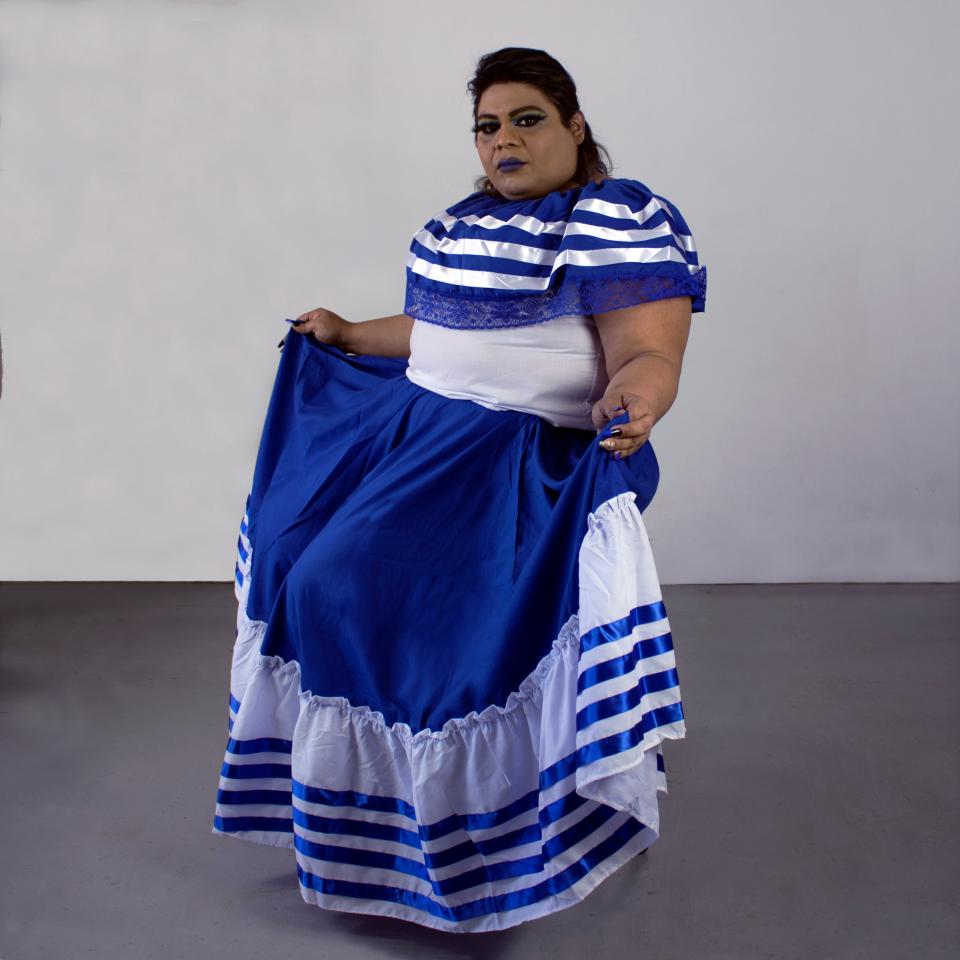Pratt Munson engages asylum-seeker's experience with immersive exhibit 'Mi Sueño'
Brooklyn-based Israeli artist Zac Hacmon created an immersive experience focused on the identity of an asylum- seeker. The "Mi Sueño" exhibit will be on display at the Pratt Munson Gallery through Dec. 31. The video and sculpture installation is free and open to the public.
"Mi Sueño" is the continuation of a two-year collaboration with Alexa, a transgender woman from Nicaragua that Hacmon met while volunteering at the RDJ Refugee Shelter in New York City.
The project is a form of “socially engaged” art that is meant to have a sphere "outside of the art field," according to Hacmon. He was influenced by family history as Libyan-Jewish refugees as well as his own personal experience as an immigrant in the United States.
Alexa fled to New York due to political reasons in 2018. Two years later she began working with Hacmon, after he’d received the LMCC Creative Engagement grant.

“Hacmon interprets Alexa’s experience and highlights the importance of restoring self-sufficiency to those seeking asylum,” said Munson Communication Manager Steve Howe.
The exhibit features Alexa dancing in a traditional blue-and-white Nicaraguan dress. It also includes her voice reciting poetry by Rubén Darío – who used his pen as a political tool before Instagram, according to Hacmon.
“It’s a global issue; Any of us can find ourselves fleeing our home because of political and social oppression,” said Hacman. “I feel it’s important to advocate for and to listen to refugees’ stories.”
The exhibition is a prelude to the upcoming show in Munson Museum of Art’s 2023-2024 Season, “Between Worlds: Stories of Artists and Migration,” on view Feb. 17 to May 5, 2024.
“Between Worlds” features artists working in the United States who have immigrated from other countries, experienced the Great Migration, or whose Indigenous ancestors were forced to move from their homelands.
It is a collaborative endeavor with Munson in Utica, The Mattatuck Museum in Waterbury, CT, and the Museum of Fine Arts in Boston.
Not just an American Dream – a “Global Dream”

“Mi Sueño” translates from Spanish to mean “my dream.”
“I wanted to empower the individual – as a means to uplift the collective,” said Hacmon. “ My goal was to revive a sense of identity to those who find themselves in vulnerable situations.”
Hacmon’s father was born in a refugee camp in Israel. His family fled from Tripoli in the 1950s.
“I am aware of the difficulties one has to handle when displaced,” explained Hacmon. “As an artist, my mission is to raise awareness… to create a bridge for underrepresented communities to step out from the shadows.”
Hacmon noted that the project is not just about reminding viewers to tap into their inner strength – it summons a “global dream.”
“While the American dream holds a national ethos I wish to advocate for a global dream of stabilization, equity, peace that adapts to new challenges – like climate change – nationalism, LGBTQ rights, and humanitarian crises,” said Hacmon.
About the work
Hacmon’s initial project proposal was to work with three individuals but Alexa was the only one who agreed to participate. He dedicated six months to applying for grants and received the LMCC Creative Engagement grant in 2020.
At the start of the collaboration, Alexa was on the verge of becoming homeless. The grant allowed Hacman to compensate Alexa for her time and purchase her a laptop for communicating with her family in Nicaragua.
“I realized that Alexa had experienced a much different New York than I had – she’d spent most of her time hiding,” explained Hacman. “I wanted to introduce her to the art world so we went to see museums like MOMA, the Whitney, and the MET”
A core aspect of “socially engaged” art is to discover the talents and skills of the asylum seeker. After piano and vocal sessions Hacman learned that it was poetry and dance that Alexa was passionate about.

As part of the sound installation, Alexa recites two poems: “Nicaragua” (1888) by Rubén Darío and “Autumn” (1981) by Claribel Alegría.
“The workshop aimed to give a voice to Alexa’s story but there was mutual growth,” said Hacman. “As I learned more about her culture – the beauty and richness of Nicaragua – and the strength that it took for her to overcome political persecution, she became a source of inspiration to me.”
The impact

Unit 6 invites viewers to watch a video of Alexa dancing in a white and blue dress. The song featured is “La Cumbia Chinandegana” (1975) by Jorge Paladino.
“The video installation serves as a form of protest,” said Hacmon. “Alexa's dress represents the Nicaraguan flag which is prohibited under current regime and considered an act of defiance.”
In April 2022, during the first exhibition of this show at Hunter East Harlem Gallery, one of the visitors was a social worker. She connected Alexa with Sanctuary for Families. The organization resubmitted her case and offered Alexa a program that included English classes and professional training.
“Alexa managed to free herself through poetry and dance,” said Hacmon. “When she had nothing her voice was louder than her fears and her body became a symbol of her culture.”
This article originally appeared on Observer-Dispatch: Immersive, socially engaged 'Mi Sueño' exhibit opens at Pratt Munson

